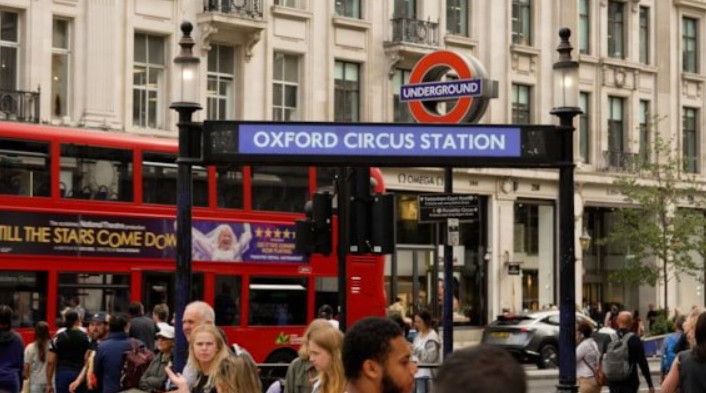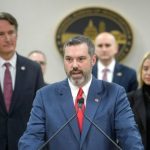Oxford Street Gears Up for Traffic-Free Day as Pedestrianisation Plans Gain Momentum
Shoppers and sightseers will get a rare chance to stroll Oxford Street without the roar of buses and taxis this Sunday, as the capital’s most famous shopping destination shuts to traffic for a one-day festival.
The “This Is Oxford Street” event marks a vital step in the Mayor of London’s ambition to pedestrianise part of the West End’s iconic retail strip.
Mayor Sadiq Khan hopes the move will breathe new life into the area, boost retail trade, and make one of the UK’s busiest thoroughfares more appealing to callers.
“This is Oxford Street is going to be a landmark, free event open for everyone, and will showcase the nation’s high street as you have never seen it before, offering a glimpse of what it could look like in the future,” the mayor said.
The closure will run from 12pm to 8pm on Sunday, 21 September, covering the stretch between Orchard Street and Oxford Circus. Buses and taxis will be rerouted from 9pm on Saturday until 4am on Monday.
Transport for London( TfL) has advised of heavier crowds at nearby stations, including Oxford Circus, Bond Street, Tottenham Court Road, and Marble Arch.
Cyclists and e-scooter druggies will also be needed to dismount in the pedestrianised zone.
The day promises more than just empty roads. Three live music stages, art installations, and an exhibition tracing Oxford Street’s colourful history will line the half-mile stretch.
Food stalls will serve dishes from across the globe, while big-name retailers like Schuh, Topshop, John Lewis, and The Body Shop will host pop-up experiences.
Children aren’t forgotten. A erudite jubilee, poetry readings, face oil, games, and competitions will bring a family-friendly buzz to the high road. Holland & Barrett will also host a healthiness area, offering a moment of calm amid the fests.
Sunday’s showcase is a dress rehearsal for a far more ambitious plan. Khan wants to ban all vehicles between Oxford Circus and Marble Arch permanently by January 2026, with implicit extensions toward Tottenham Court Road.
presently, most businesses are formally confined between 7 am and 7 pm( except Sundays), but the new offer would go further.
TfL is examining how to dislocate machine stops, manage hack access, and ensure shops can still admit deliveries.
The mayor’s office says the scheme enjoys strong public backing. A consultation earlier this year revealed 66% support, while a separate YouGov poll found 63% of Londoners in favour, rising to 72% among recent visitors.
Major retailers, including Selfridges, John Lewis, and Ikea, along with the London Chamber of Commerce, are supporting the initiative. Former deputy prime minister Angela Rayner has also given it her blessing.
To make it happen, Khan needs the London Assembly to approve a mayoral development corporation (MDC), a statutory body that would steer regeneration of the Oxford Street district.
Westminster City Council, which blocked a similar proposal in 2018, has now signalled a willingness to hand over control to the Greater London Authority.
Pedestrianisation is hardly new to the UK. Norwich pioneered the idea in 1967, Glasgow followed in the 1970s, and recent trials in Shrewsbury showed a 25% sales boost for local businesses.
Many cities see traffic-free shopping streets as a way to increase footfall and cut pollution.
For Oxford Street, Sunday’s experiment could be the turning point. If the crowds embrace the calm, London’s busiest shopping street might soon swap engine noise for street performers, turning a historic thoroughfare into a world-class pedestrian boulevard.






